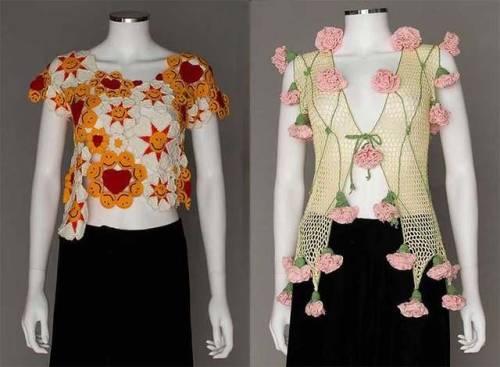Camas: Camassia Quamash

Camas: Camassia quamash
The bulbs of this native flower are edible & valuable sweeteners shared or traded as gifts of local Oregon tribes. Tribal families took care to pass down traditional harvesting sites across generations: despite genocide and colonialization the shared traditions are still implemented today. During spring to late summer, the bulbs can be unearthed. Once harvested, the bulbs might be ground and stored in cake form. During gatherings, families bake the bulbs in earthen ovens by layering them over hot stones with branches of native shrubs, herbs, and trees, then cooking the bulbs until tender and sweet. This plant is cared for & valued by many Oregon tribes: The Kalapuyans of the Willamette Valley and the Nez Perce, who in 1805, shared their bulbs with members of the Lewis and Clark Expedition, rescued the party from near starvation.
Read that again: “rescued the party from near starvation.” - despite it all, Native people treated colonizers with compassion. #respectnativepeople #unlearnAmericanHistory
-Edited content from oregonencyclopedia.org
More Posts from Caspers-ghost-4ever and Others
Timelapse of my Datura (D. inoxia) blooming🌜


Just very annoyed in general rn. At everyone and everything.
the massive power of trains yet confinement to a single path makes them comparable to angels
Always a good time





Moschino Crochet Tops 1990

Martin Johnson Heade -Two Owls at Sunset (circa 1859-1860)
the cdc guidelines be like "fully vaccinated people can have public sex. unvaccinated people must live inside a room with yellow wallpaper."


“The ‘now what’ question is a continual challenge, not a static endpoint. It means to open up creativity, exploration, ongoing efforts from multiple places. To do all that, we have to keep reading, keep listening, keep reflecting, keep learning.”
Teo You Yenn, This is What Inequality Looks Like

-
 caspers-ghost-4ever reblogged this · 4 years ago
caspers-ghost-4ever reblogged this · 4 years ago -
 calenduladreams reblogged this · 4 years ago
calenduladreams reblogged this · 4 years ago
